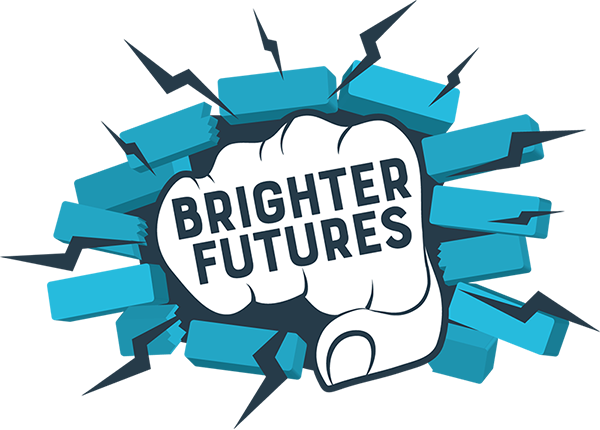Identifying Support
Resources you will need:
Flip chart paper
A handful of coloured pen
A selection of A5 paper Identifying Support Diagram
Aim
To enable young people to understand the support they have and the support they may need.
Overview
This exercise is a visual way for young people to map and understand their own support needs.
Defining support: some young people may have a negative perception of the word, ‘support’ (e.g. from negative experiences with support workers). Some may only understand it as a formal type of support that doesn’t include family and friends etc. If this is the case, use words like, ‘guidance’, ‘listening’, ‘advice’ or ‘a helping hand’ initially.
Instructions
Using the example diagram opposite as a template for the young people to write their name in the inner circle in the middle of a piece of flip chart paper.
Suggest drawing a symbol that symbolises themselves next to/instead of their name.
In the inner circle, ask young people to write down the most important things in their lives. This could be people like family or friends, but it could also be places where they access support or institutions that they belong to. Make sure they only write down the 3 or 4 most important ones. Encourage them to be creative and draw images next to them.
For the next circle, ask the young people to add things that are slightly less important to them but still play a supportive role in their lives. Carry this on for the remainder of the circles. For example, a young person might have their foster parents in the inner circle, their school in the next circle, and their friends in the following circle.
Once they have completed their diagram, encourage the group to discuss how each of the things on their diagram provides them with support, and what different types of support look like
If any of your young people is confident enough, ask him/her to feed back their support diagram to the rest of the group.
Taking it home
In order to lengthen the lifespan of this activity, ask the young people to add an additional circle that represents support they would like, but have not yet accessed. This may include a possible group or class they would like to attend, or an organisation they would like to interact with. As an action point, ask the group to choose one element of their ‘future circle’ that they will try out in the next week/month (whichever is most realistic). Check in to see how the group are getting on with this in future sessions.

